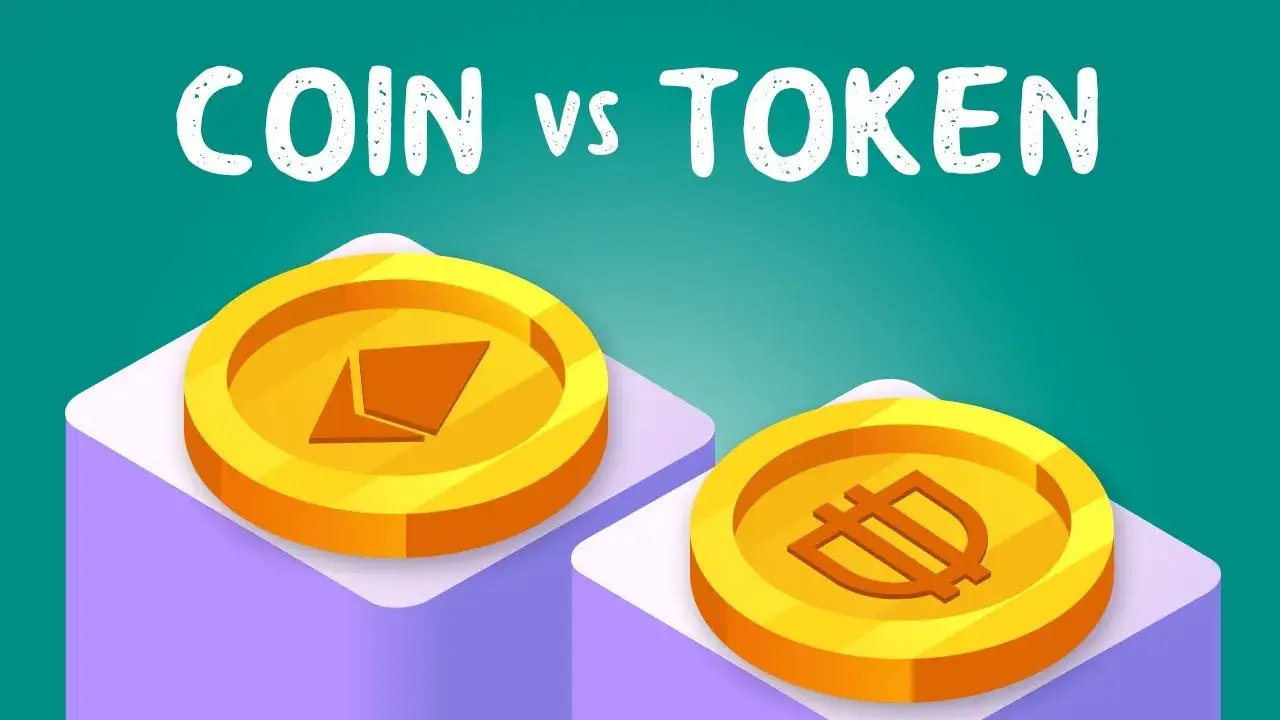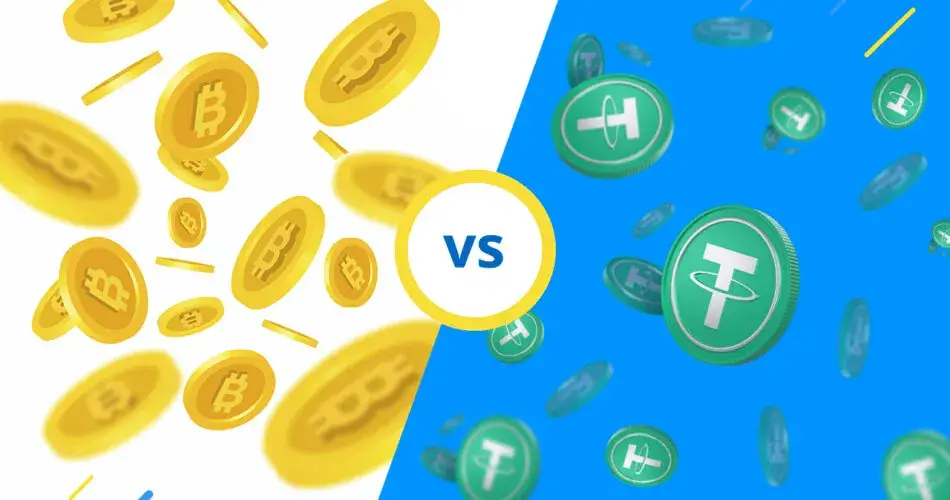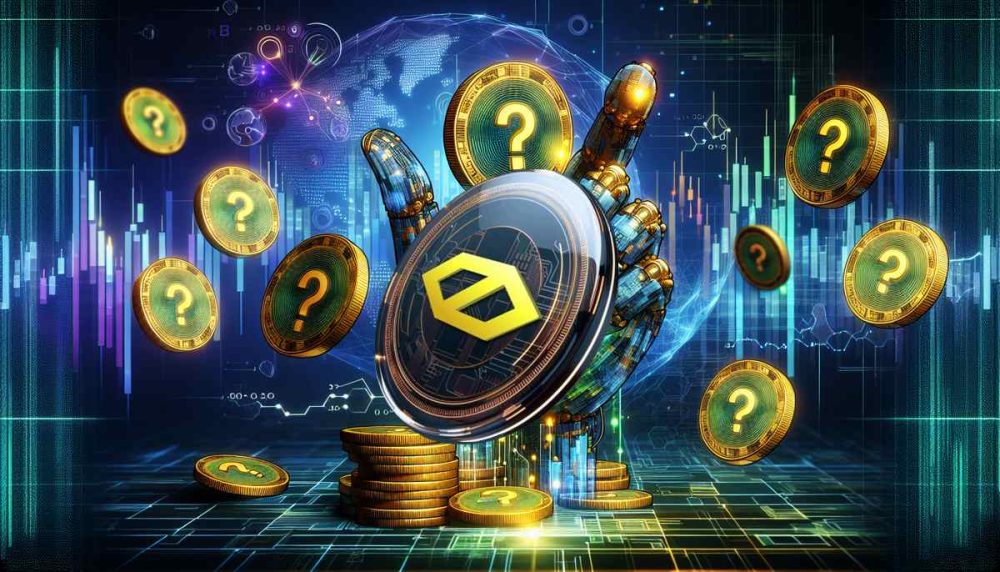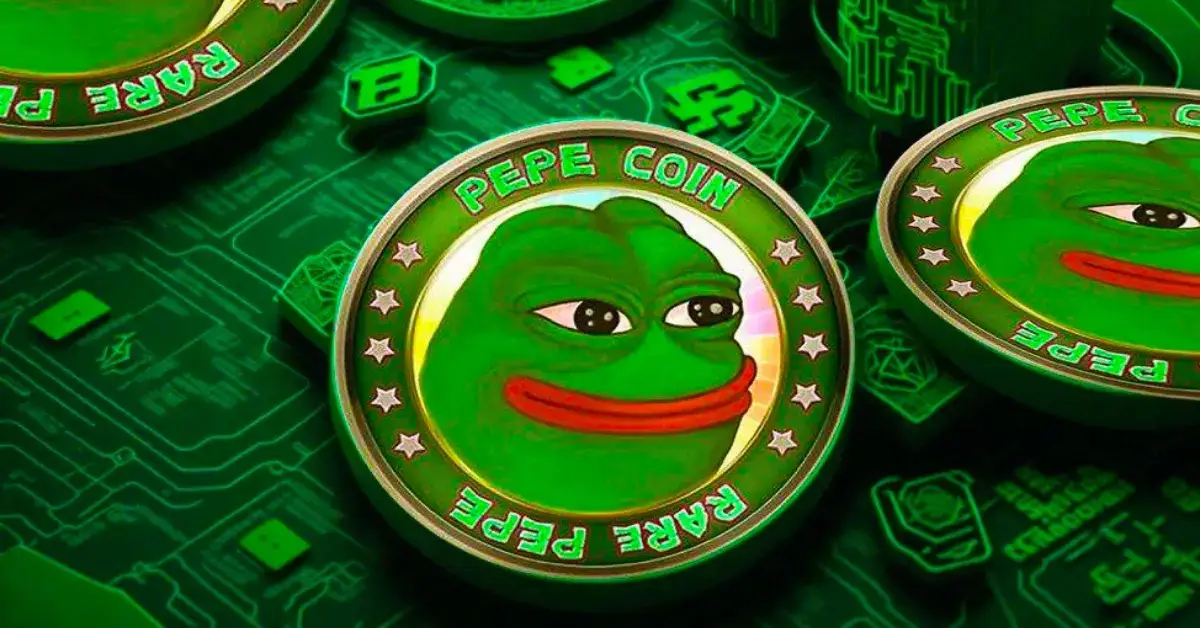Cryptocurrency technology is rapidly changing the financial world, opening up new horizons and opportunities. However, the plethora of complex terms such as ‘coins’ and ‘tokens’ is often a source of confusion. To understand these terms and their role in today’s cryptocurrency world, let’s start with the basic question: What is a coin?
What is a coin?
Cryptocurrency is a digital currency created on the basis of blockchain technology. It exists as part of a distributed ledger and is used for financial transactions, the purchase of goods or services, or as assets. The best-known example is Bitcoin, the first and most popular currency that paved the way for digital money. But what is cryptocurrency in general? It’s a decentralised system of currencies that enables secure transactions without the intervention of banks.
The currencies operate on their own blockchain, making them truly independent. Bitcoin, Ethereum and Lightcoin are examples of these crypto-currencies. They can perform similar functions to conventional money, except that they are independent of a central government body and exist only in digital space.
The difference between coins and tokens
To understand the differences between coins and tokens, we need to look at their functionality and structure. Coins are digital currencies in their own right, existing on their own blockchains. Tokens, on the other hand, are created on existing blockchains, such as the Efirium platform. They represent assets or rights to use a service.
An analogy can be drawn with real estate: a token is like a house on its own plot of land, while a token is a flat in a building. Tokens have their own system and can be used for payments, while their counterparts often represent rights to participate in a project, access to services or digital assets within a platform.
How do I buy coins?
The buying process starts with the creation of a crypto-currency wallet in which you store your money. This is a digital safe in which you can manage your assets securely. Once the wallet has been created, you need to register on one of the crypto-currency exchanges where you can buy coins in exchange for fiat currency or other crypto-currencies.
The most popular exchanges on the Russian market are Binance, Exmo and Huobi. On these platforms, you can buy coins safely and easily and have access to a wide range of crypto-currency assets.
How to store coins
 There are two main methods: hot wallets and cold wallets. Hot wallets are online wallets that are connected to the internet and allow quick access to funds, making them convenient for regular use. Cold wallets, on the other hand, are offline devices, such as hardware or paper versions, and offer maximum security.
There are two main methods: hot wallets and cold wallets. Hot wallets are online wallets that are connected to the internet and allow quick access to funds, making them convenient for regular use. Cold wallets, on the other hand, are offline devices, such as hardware or paper versions, and offer maximum security.
The latter type is considered safer because it is not susceptible to cyber attacks, unlike hot devices. For long-term storage, it is best to use a combination of hot and cold methods.
What are the different types of coin?
There are all sorts of variants, and they have different objectives. Bitcoin, for example, is the first and most popular currency created for financial transactions without the intervention of banks. Etherium offers not only the ability to carry out transactions, but also to use smart contracts, making it the basis for many decentralised applications. Ripple (XRP) is aimed at fast and cheap international transfers.
Next come Lightcoin, designed for faster transactions, and Monero, which values privacy. Each of these crypto-currencies has unique features that make them suitable for different tasks.
Where can I buy coins in Russia?
In the Russian Federation, it is possible to buy coins through a variety of sources. The most popular options are crypto-currency exchanges such as Binance and Exmo, as well as P2P platforms that allow you to buy crypto-currencies directly from other users without an intermediary. These platforms offer flexibility and sometimes more favourable exchange rates.
It is important to remember that buying via P2P requires greater caution and verification of the reliability of the counterparty. Exchanges, on the other hand, offer greater security thanks to built-in security mechanisms.
The future of currencies
The outlook is promising, as currencies become increasingly important and are used in a variety of areas. Investments in crypto-currencies are becoming increasingly popular, especially in the context of the instability of traditional financial markets. The development of blockchain technology makes it possible to create new types of currencies focused on specific tasks, such as protecting privacy or supporting decentralised finance.
Future development scenarios include the integration of crypto-currencies into government and commercial structures. In some countries, central banks are already considering issuing digital currencies that could become direct competitors to existing currencies. The possibility of using crypto-currencies for micro-payments and as part of smart contracts will also open up new horizons for development.
Conclusion
 What are coins? Coins are a fundamental part of the new digital economy that is already changing the way we think about finance. Coins enable fast and secure transactions, investments in promising projects and access to entirely new opportunities. The future of crypto-currencies looks bright, and now is the time to dive into this world and explore its peculiarities.
What are coins? Coins are a fundamental part of the new digital economy that is already changing the way we think about finance. Coins enable fast and secure transactions, investments in promising projects and access to entirely new opportunities. The future of crypto-currencies looks bright, and now is the time to dive into this world and explore its peculiarities.
 en
en  ru
ru  de
de  ar
ar  es
es  nl
nl  hi
hi  fr
fr  it
it  pt
pt  el
el 










